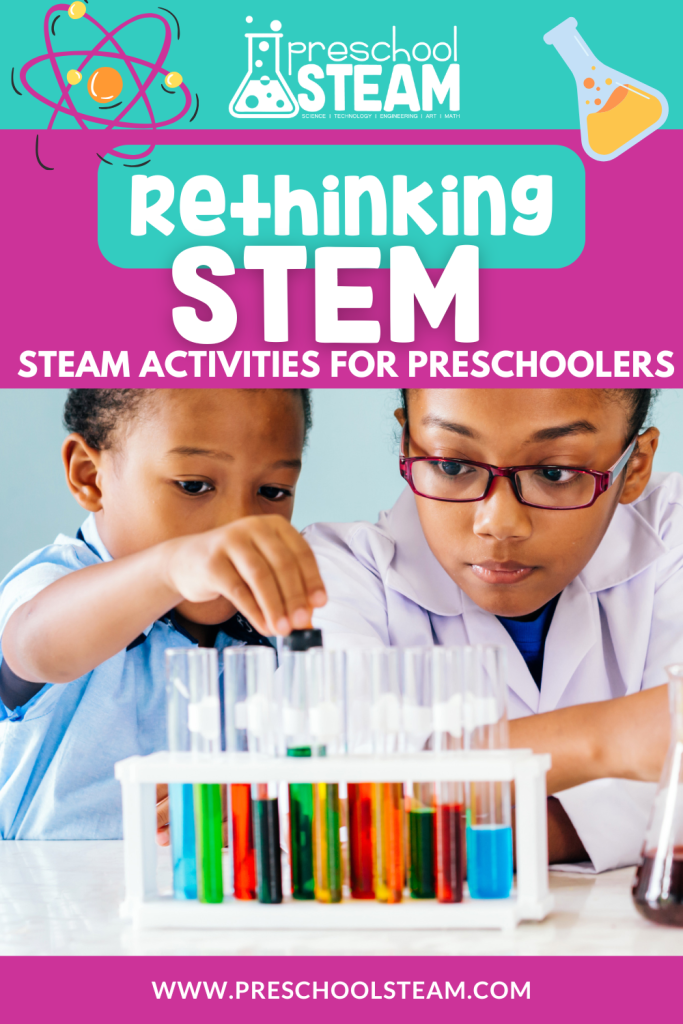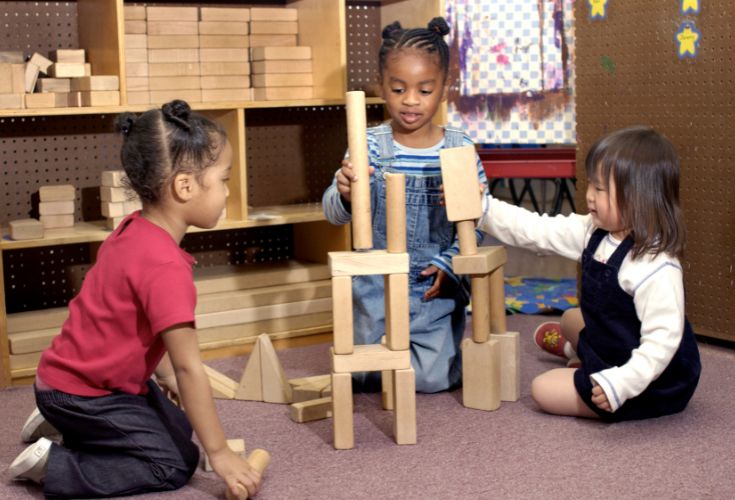Many teachers believe STEM must be structured with step-by-step instructions. But research shows that true STEAM learning happens through play. When children explore freely, they develop essential problem-solving skills, creativity, and confidence in their own ideas.

Why Play-Based STEAM Works
Play-based STEAM provides hands-on, child-led exploration that encourages creativity and deeper learning. Instead of focusing on specific outcomes, children experiment, discover, and build knowledge naturally.
3 Ways Play-Based STEAM Boosts Learning
1. Play Sparks Curiosity & Problem-Solving
Instead of following instructions, let children explore materials freely. This gives them the opportunity to experiment, make mistakes, and refine their understanding through trial and error.
➡ Try this: Provide loose parts (blocks, tubes, fabric, recyclables) and ask: What can you create? No rules, just discovery!
2. Open-ended Play Encourages Creativity
When there’s no “right way” to complete a task, children use creative thinking to explore different solutions and ideas.
➡ Try this: Set up a ramp-building station with cardboard, foam tubes, and marbles. Let children test different designs to see which ramp makes the marble roll the fastest.
3. Play-Based STEAM Reduces Teacher Stress
Instead of over-prepping, set up a simple invitation to explore, then observe what children naturally investigate.
➡ Try this: Provide materials like baking soda, vinegar, and droppers. Let children experiment freely with no fixed outcome. Guide the learning by asking, What do you notice? What happens when you add more?
Rethink STEAM: Let Play Lead the Way
By shifting from rigid STEM projects to playful exploration, you’ll boost learning and reduce stress.
Want more ideas for playful STEAM learning?
Join our Preschool STEAM Pathways membership for exclusive lesson plans and activity guides designed to make play-based learning easy!
What open-ended STEAM activities do your students love? Share your favorites in the comments!

Leave a Reply